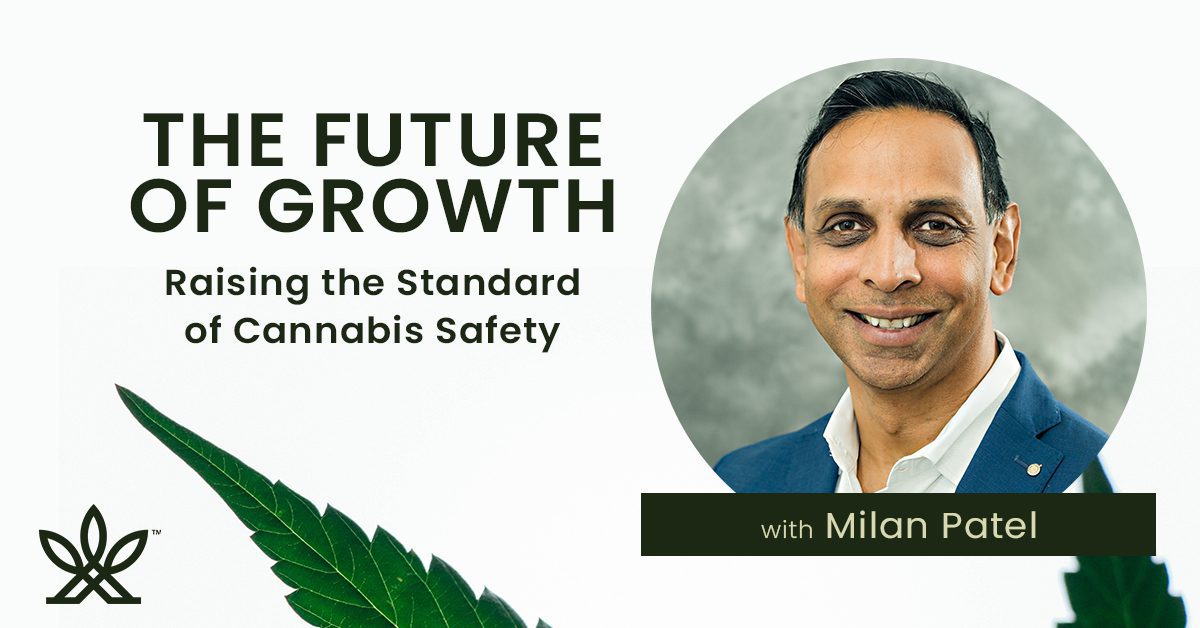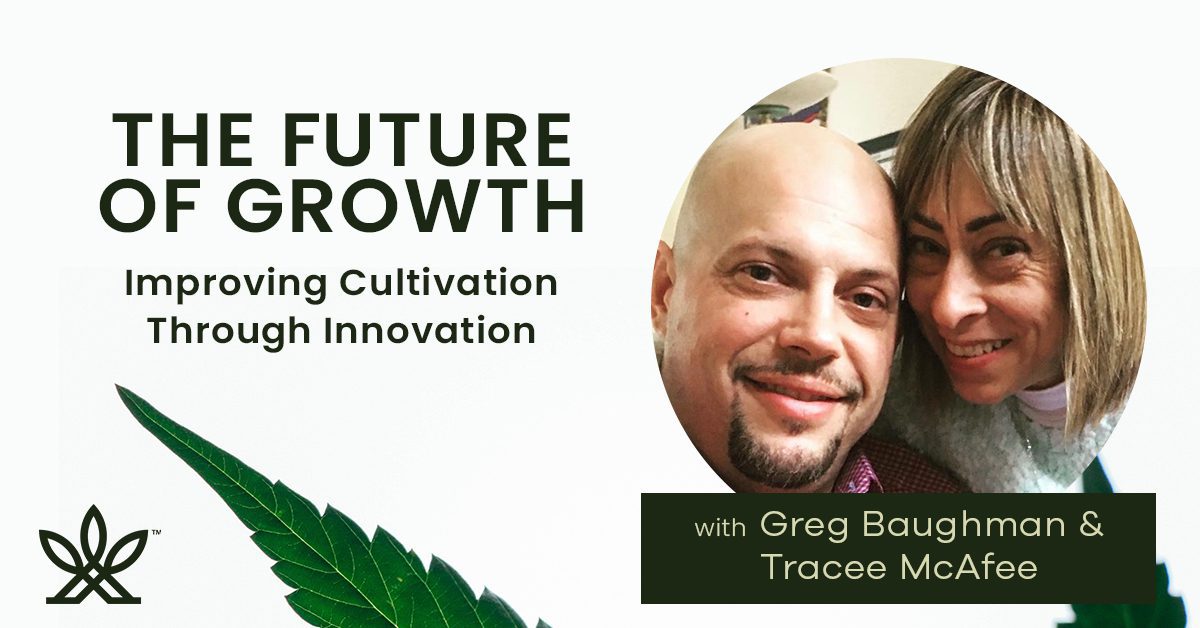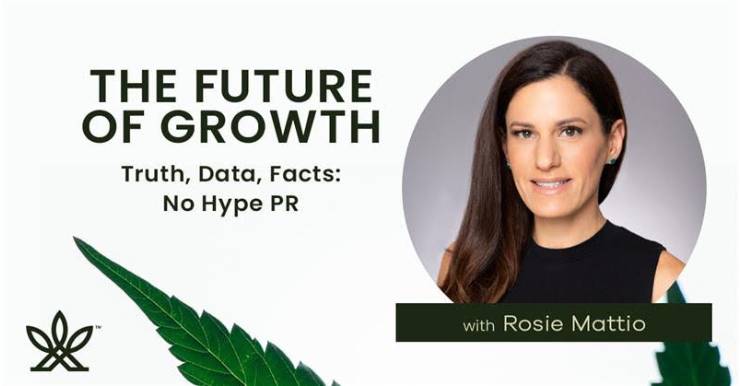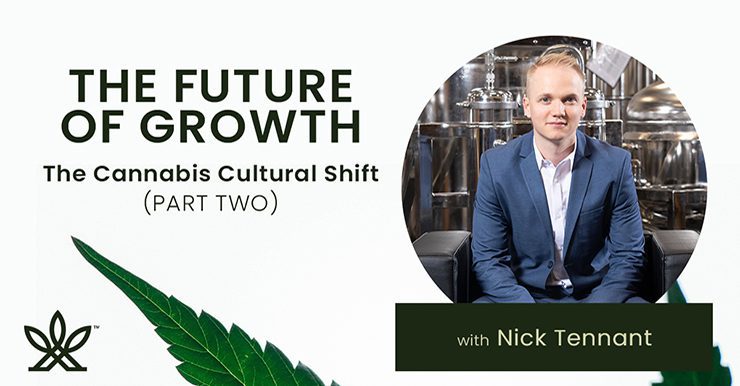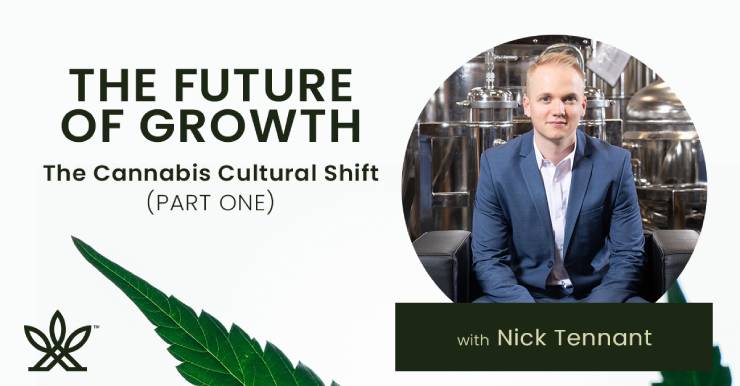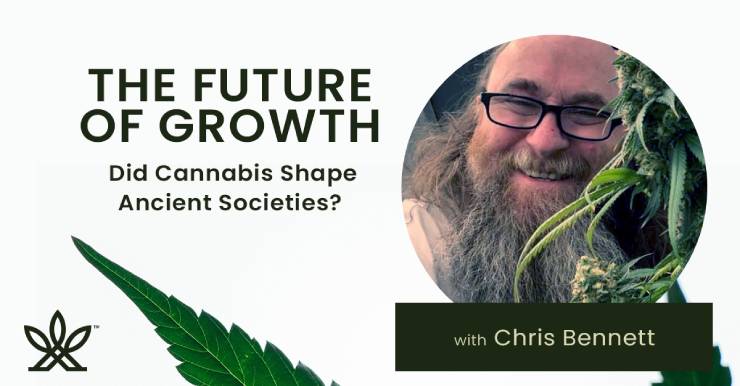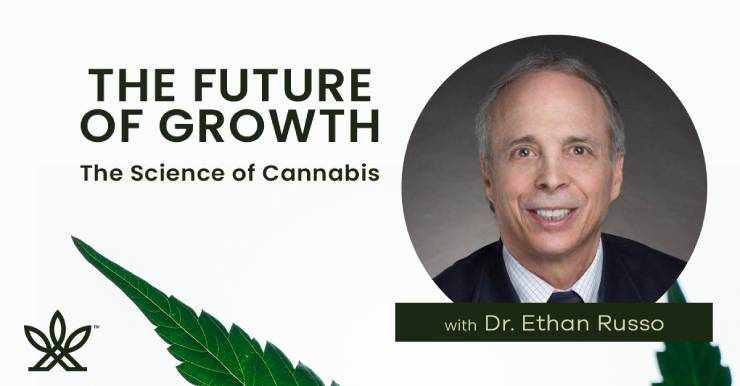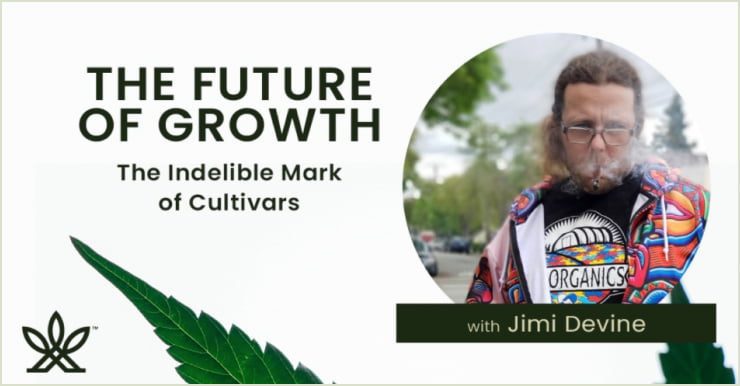
On Agrify’s The Future of Growth podcast, Chief Science Officer David Kessler speaks with Jimi Devine, Cannabis Critic at LA Weekly, who has made a living following and highlighting the current landscape of cultivars. A cannabis reform advocate since 2005, Devine is a prolific writer, columnist, and advocate for equity in the cannabis industry. Here are three main takeaways from the episode, which you can listen to in its entirety here.
On finding the next “big” cultivar
As a journalist who has spent years reporting on the cannabis industry, Devine has had access to new, emerging, and rare cultivars. While sharing some of his experiences on the podcast, Devine said there are certain cultivars that “connect with you at every emotional level.” It’s that connection to a specific cultivar, he said, that thrusts some of today’s most popular flower into the spotlight.
“Some people say it’s marketing or it’s [that] they’ve got a nice logo, but sometimes it’s just a really specific terpene profile that speaks to a really specific crowd,” Devine said. “That crowd singing loud enough about how excited they are can put something on the map forever.”
And while both he and Kessler agreed that it’s important to have an open mind to what the next “big thing” might be, it’s also become a sizable part of Devine’s job to identify cultivars that don’t necessarily match his interests or preferences. Part of that search, he said, can start well in advance to “really start getting into the heat.”
“My own radar, the real blips, I don’t need any help. But sometimes there’s these terpene profiles that my radar’s not built for, it’s stealth to me,” Devine said. “It’s about communicating with as many people about the game as possible, the genetics of the moment, what we’re seeing, what we’re working, what lines are going down.”
Giving growers more “levers” to shape cultivars
Though people have been growing, cultivating, and consuming cannabis for thousands of years, today’s growers can tap into high-tech solutions to get the most desirable results out of each harvest.
Kessler, who described himself as a “strain collector and an amateur breeder” early in the episode, opined that all the recent advances in lighting, irrigation, and cultivation techniques are a carefully crafted science.
“When we start getting into how we grow the best cannabis [and] the more levers you give a really great grower, the better they can do,” Kessler said.
Kessler used the example of lighting to illustrate this concept. Since Prohibition drove cannabis cultivation indoors, growers have adjusted their methods to work with artificial light. Now that indoor growing is the norm in regulated markets, studies have further elucidated precisely what’s important for lighting at each stage. Those findings can be leveraged to produce more advanced lighting technology that meets the demanding needs of the cannabis industry. Other technologies, like software, can also identify precisely how much light (and water, and humidity, and other factors) is required to produce the desired results during cultivation.
“There’s a fascinating new study about how cannabis yield potency and leaf photosynthesis respond[s] differently to increasing light levels in an indoor environment,” Kessler said. “Basically, all it did was it said what a lot of the sun growers knew: you can’t over-light cannabis.”
That finding underscores what cultivators already know: Cannabis loves sunlight, and tons of power is necessary to run those lights. The cannabis industry is one of the most energy-intensive, driving concerns about the impact the industry has on the environment. This factors directly into a long-time debate among indoor growers: Should a plant’s light source come from high pressure sodium (HPS) bulbs, from LED ones that consume less energy, or a combination of both?
Though Devine said the best cannabis he had ever seen was grown under HPS, he agreed that environmental sustainability is a must for cannabis cultivators.
“People hate on HPS because of its carbon footprint and the impact it has on the environment. But [it’s not] the cannabis industry’s fault that we as a society that’s been producing power for X hundred years haven’t come to a mechanism to produce energy in a more sustainable way,” Devine said. “That’s kind of a cop-out on it being the cannabis industry’s fault, that we as a culture haven’t been more responsible with the grid and using more renewable resources.”
The importance of preserving genetics
Every living thing on this planet has its own genome and cannabis is no different. Both Kessler and Devine stressed the importance of ensuring that the unique genetics of each cannabis cultivar are preserved.
“It’s imperative that we preserve the genetic diversity in the gene pool,” Kessler said. “A lot of cultivators are doing their part kind of preserving some of those landrace genetics, but others are worried we’re getting to a point of what I would call complex poly-hybrids where you breed the same thing on top of a very similar profile over and over.”
To get more insight into Jimi Devine’s work and the “real hardcore genetics journalism” he’s bringing to the cannabis industry, listen to the full episode here.
Producing consistent cannabis is key for cultivators. Learn how Agrify is helping cultivators achieve consistency, and download our latest case study.
